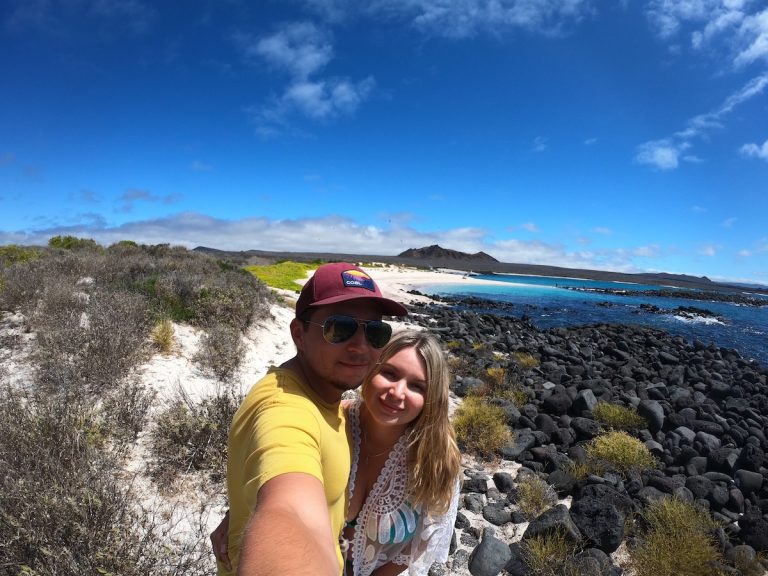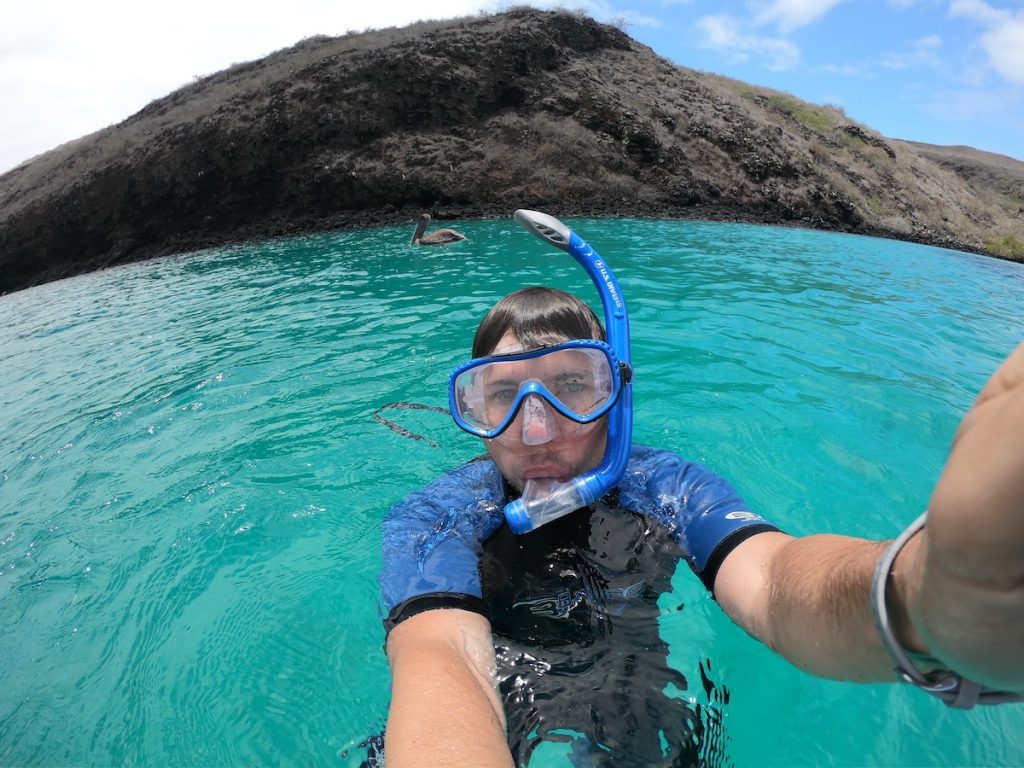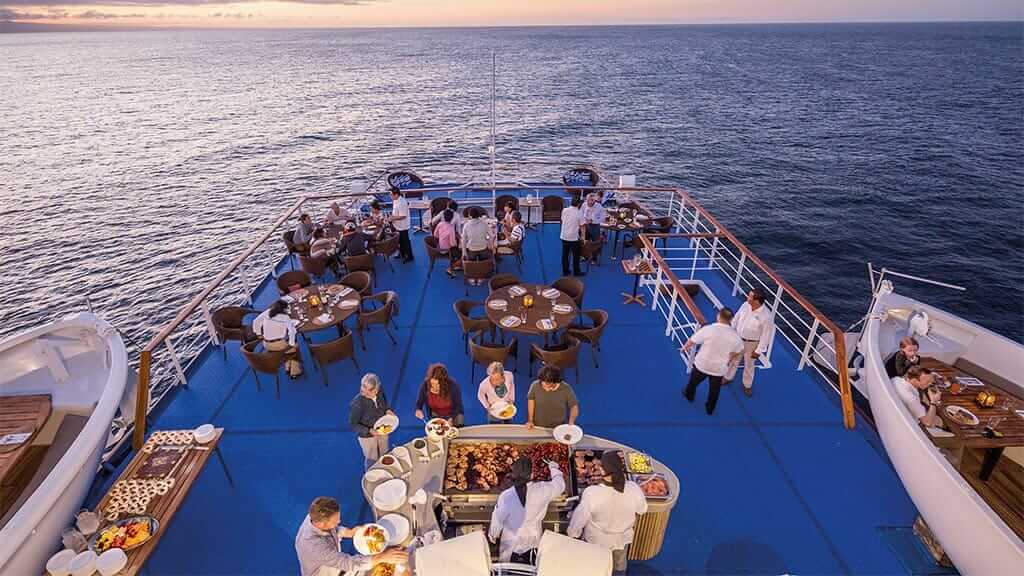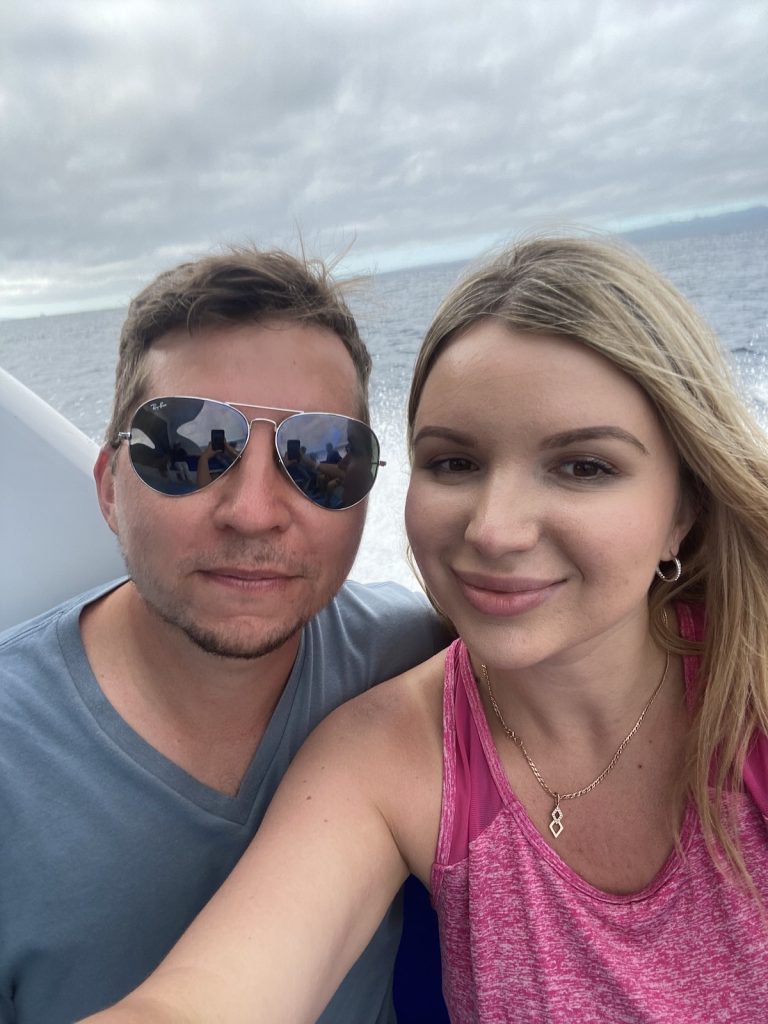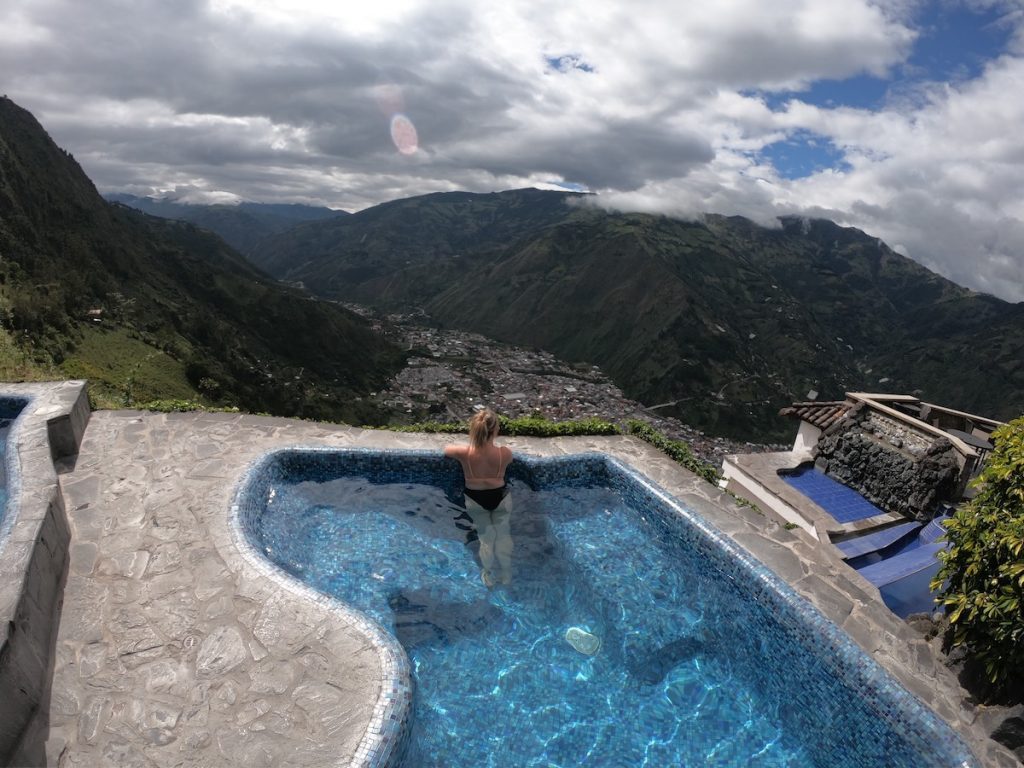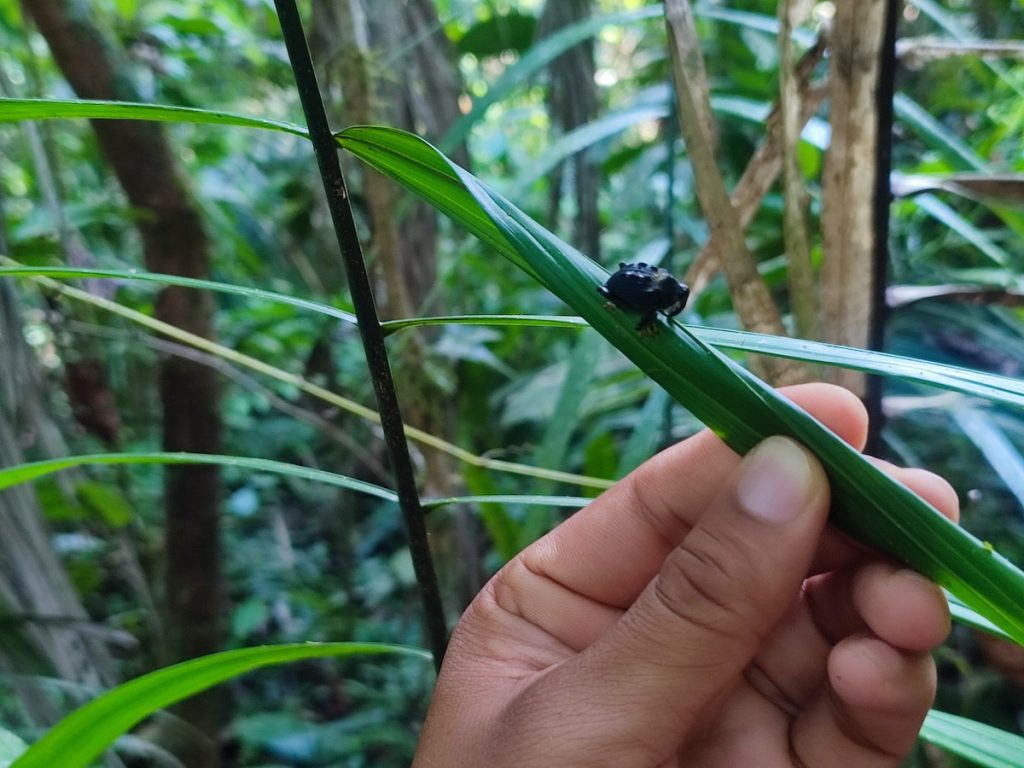Like many travelers considering a Galápagos cruise, my wife and I initially experienced sticker shock when we saw the prices.
We ultimately decided to take the plunge and spent $4,800 per person for a 4-night cruise, a significant investment that left us questioning whether the experience would justify the cost. If you’re reading this, you’re probably wrestling with the same question: Is a Galápagos cruise really worth the hefty price tag?
After completing Galápagos Islands cruise, I want to share what worked and what didn’t, what I wish I’d known before booking, and whether I’d recommend it to others. I’ll cover everything from the actual value you get, to the limitations you should be aware of, so you can make an informed decision about your Galápagos trip.
Plan perfect trip to Ecuador & Galapagos
I spent countless hours researching everything about traveling to Ecuador, and I created this blog for fellow travel enthusiasts who want the best, most reliable information. But if you want to save time, we’ve partnered with the top local agency to plan your dream trip.
Understanding Galápagos Cruise Classes and Pricing
The pricing for Galápagos cruises varies significantly based on the vessel class you choose. Here’s a detailed breakdown of each option:
Luxury Class ($800-1,200 per person/day)
These ships offer spacious cabins (typically 25-35 square meters) with private balconies, king-size beds, and large windows. You’ll find upscale amenities like jacuzzis, gyms, and gourmet restaurants with professional chefs. The crew-to-passenger ratio is high, ensuring personalized service. Ships usually accommodate 16-100 passengers and feature stabilizers for smoother sailing. Examples include Relais & Châteaux Evolution and Origin.
First Class ($500-800 per person/day)
This is the option we chose, and I should mention – while it’s called “first class,” don’t let the name mislead you. It’s simply a good quality vessel, nothing fancy. You get comfortable accommodations with private bathrooms and ocean views. Cabins are smaller (15-20 square meters) than luxury ships but clean and well-maintained. The meals are good quality but not gourmet, served buffet-style three times a day. There are comfortable social areas and sun decks, and you’ll have professional naturalist guides. Ships typically carry 16-36 passengers. Think of it as a reliable 3-star hotel experience on water – everything you need for a comfortable trip, but without the luxury frills.
Tourist Superior ($400-500 per person/day)
These boats offer clean, basic comfort with private bathrooms and air conditioning. Cabins are compact (10-15 square meters) but functional. Meals are simple but satisfying. Ships usually carry 16-20 passengers. While you won’t find luxury amenities, they provide all necessities for a comfortable Galápagos experience.
Tourist Class ($300-400 per person/day)
The most economical option with basic accommodations and shared facilities on some boats. Cabins are small (8-12 square meters) and may have bunk beds. Meals are simple, and public spaces are limited. These vessels typically carry 8-16 passengers. While basic, they still must meet Galápagos National Park safety standards.
Trip duration varies from 4 to 15 days, with 5, 8, and 11-day itineraries being most common. Each length offers different route options:
- Eastern routes focus on older islands with unique wildlife
- Western routes showcase younger, more volcanic landscapes
- Northern routes access remote areas with unique species
- Southern routes combine major wildlife spots with human-inhabited islands
Remember that longer cruises allow you to reach more remote islands and spend more time exploring each location.
What We Loved About Our Galápagos Cruise Experience
Hassle-Free Island Hopping
Planning a DIY trip to the Galápagos can be overwhelming. During my research, I discovered you need to arrange separate boat transfers between islands, coordinate with local guides, and figure out complex National Park schedules. Our cruise eliminated all of this stress. Each morning, we’d wake up at a new destination, with all logistics handled by the crew. The cruise took care of everything – from securing permits to organizing guided tours, meaning we could focus entirely on enjoying the experience.
Access to Remote Islands
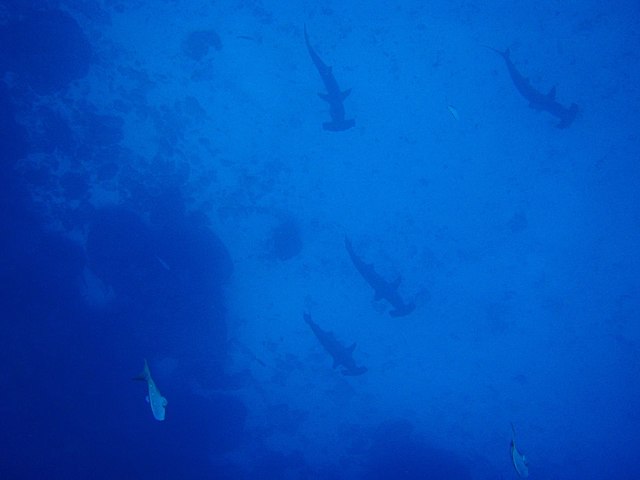
One of the biggest advantages was reaching places that land-based tourists simply can’t access. Wolf Island, for example, was a highlight of our trip – it’s only accessible by cruise ships due to its remote location. Here, we saw hammerhead sharks and massive schools of fish that you won’t find near the inhabited islands. The cruise route also took us to lesser-known spots like Genovesa Island, where we witnessed rare red-footed boobies and short-eared owls up close – experiences that would be impossible with a land-based tour.
Maximizing Time and Destinations
The efficiency of cruise travel surprised us. In just five days, we covered 11 different islands, each offering unique wildlife and landscapes. A typical morning might start with a hike on Española Island to see blue-footed boobies, followed by afternoon snorkeling with sea lions at Floreana, and ending with a sunset walk among marine iguanas on Fernandina. Trying to replicate this itinerary independently would take at least twice as long and cost significantly more in individual boat transfers.
Perfect for Families
While we traveled as a couple, watching families on board changed my perspective about cruise travel with kids. Two families on our boat had children aged 6-12, and their experience was notably smoother than what we observed on land. One afternoon at Santa Cruz Island, we met a family doing a land-based tour – their kids were exhausted from long walks between sites and frustrated with waiting for water taxis. In contrast, the children on our cruise were energized and excited, thanks to easy transfers, structured activities, and the ability to rest between excursions in comfortable cabins. The naturalist guides were also excellent with kids, making wildlife spotting feel like an adventure game.
A Quick Note About Choosing Your Cruise
Before I share the drawbacks, I want to mention something important. When booking our cruise, I made the mistake of not thoroughly researching the different vessel classes and routes, which impacted our experience. I now work with a local Ecuadorian agency that can help you select the perfect cruise based on your preferences, budget, and travel style – at no extra cost to you. By working with them, you’ll avoid the mistakes I made while supporting local businesses and this blog. If you’d like their help on selecting your Galapagos cruise, you can fill out a quick form here.
The Drawbacks of Our Galápagos Cruise Experience
The Price Tag Reality
At $4,800 per person for just 4 nights, this was one of the most expensive trips we’ve taken. The value-to-cost ratio was hard to justify at times, especially considering the basic nature of the facilities. Unlike traditional cruise ships with multiple restaurants, entertainment venues, and luxury amenities, Galápagos vessels are relatively simple. Our “first-class” cabin was basically a small room with a bed and a bathroom – comfortable, but nothing like what you’d get for the same price on a Royal Caribbean cruise.
Limited Connectivity
While our boat advertised Wi-Fi, the reality was frustrating. Even basic messaging apps like WhatsApp struggled to load, and checking email was nearly impossible. I had planned to share some photos with family and catch up on a few work emails during downtime, but the connection was so poor that I gave up entirely. If you’re someone who needs to stay connected, be prepared for a digital detox – whether you want it or not.
Cruise Fatigue Sets In
By day three, we noticed a clear pattern – about half the passengers started skipping excursions to stay on board. We felt it too. The rigid schedule of wake-up calls, meal times, and guided tours became monotonous. During our last two days, I found myself envying the freedom of land-based tourists we met who could choose their own activities and timing. There’s something draining about being tied to someone else’s schedule for days on end.
Lack of Flexibility
The structured nature of cruise life became increasingly constraining. Want to spend an extra hour photographing that perfect sunset? Sorry, the dingy leaves at exactly 5:30 PM. Spot an interesting cove you’d like to explore? Too bad – it’s not on the predetermined route. Every activity is time-boxed, and you’re always moving with the group. This was particularly frustrating when we found especially interesting wildlife or landscapes but couldn’t linger to fully enjoy them.
Limited Food Options
After a few days, meal times became predictable and repetitive. While the food was decent, you’re stuck with whatever is served – there’s no choosing restaurants on the Galapagos or trying local cafes. For anyone with dietary restrictions or particular tastes, this can be especially challenging. We had a vegetarian on our boat who struggled with the limited options available.
No Regular Scuba Diving
This was a major disappointment that wasn’t clearly communicated during booking. Regular cruise boats aren’t allowed to offer scuba diving – it’s restricted to specialized diving cruises only due to National Park regulations. While we could snorkel, I had specifically come hoping to dive some of Galápagos’ famous sites. To do both diving and wildlife viewing, you’d need to book two separate trips, which obviously adds significant cost and time to your journey.
Have questions about your upcoming Galapagos trip? Join my Galapagos Reddit community and ask other travelers who recently visited the islands. Get up-to-date tips, real experiences, and honest advice from other travelers (I ban tour agencies and resellers).
Plan perfect trip to Ecuador & Galapagos
I spent countless hours researching everything about traveling to Ecuador, and I created this blog for fellow travel enthusiasts who want the best, most reliable information. But if you want to save time, we’ve partnered with the top local agency to plan your dream trip.
To Sum Up
In conclusion, while a Galápagos cruise offers a unique and comprehensive way to experience the islands, it’s not for everyone. Our experience was influenced by our specific route choice, which is why I now recommend working with a local agency to select the perfect cruise itinerary for your preferences. You can get a personalized free quote through the form on my website to ensure you make the most of this significant investment.

